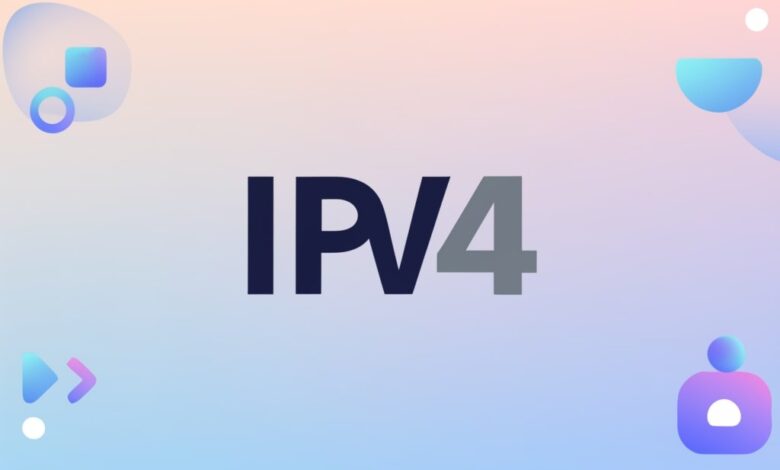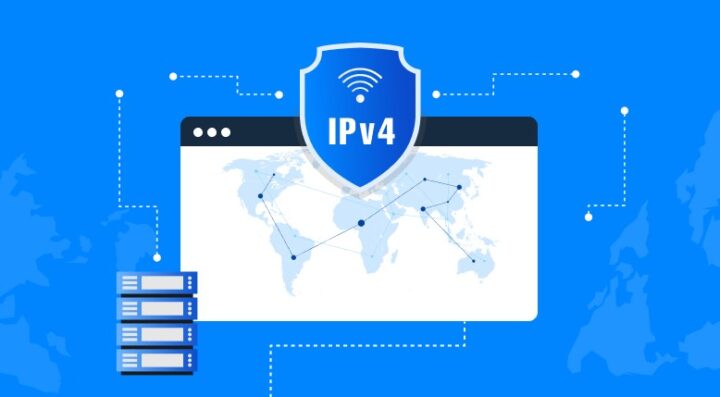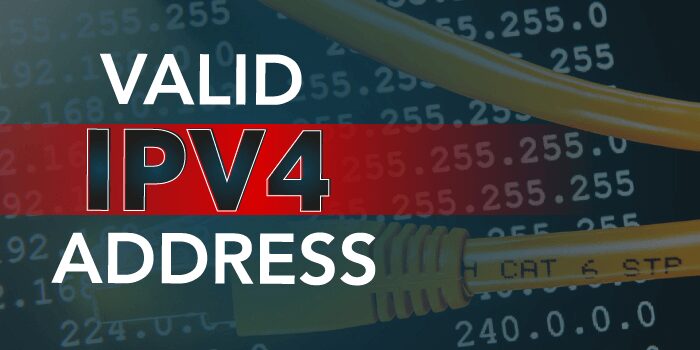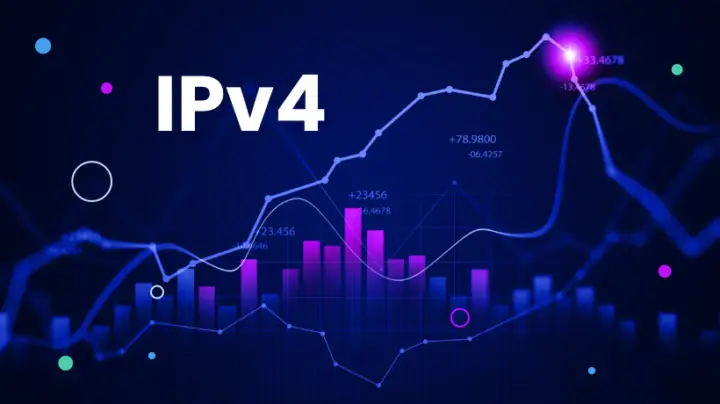The Golden Rules of Network Expansion in the IPV4 Era

The digital growth leap
In a world where digital connectivity is the backbone of almost every business, expanding and optimizing your network is not only a matter of growth, but also of survival. While available ipv4 addresses are becoming increasingly scarce, you are faced with the challenge of increasing your network capacity without endangering continuity and security. In this article, we explore the golden rules of network expansion in the era where ipv4 addresses have become a precious commodity.
Golden rule 1: preparation is half the battle

Before you start expanding your network, it’s essential to have a clear picture of your current and future needs. How many new users do you expect to support? Are there specific applications that require additional addresses? A thorough inventory helps you to search specifically for the right amount and type of ipv4 addresses.
Golden rule 2: know the market
The market for ipv4 addresses is unique and can be complex. Addresses are not available indefinitely and prices vary. It is important to understand current trends and prices. Websites such can give you insight into the market and help you make an informed decision when deciding to purchase ipv4 addresses.
Golden rule 3: safety and compliance

When expanding your network, you must ensure that you comply with all security standards and regulations. This means that you should check that the ipv4 addresses you obtain are not blacklisted and that they have not been involved in any questionable activity. A reliable partner can help you verify the origin of the addresses.
Golden rule 4: sustainability and future proof
Although ipv6 is slowly but surely gaining ground, it is still crucial to have a sustainable strategy for your ipv4 addresses. This means you need to think about how these addresses can be deployed in the long term and how they can interoperate with ipv6 networks.
Golden rule 5: choose a reliable partner
Perhaps the most important rule is to find a reliable partner for purchasing ipv4 addresses. A specialist like prefixbroker can help you not only buy ipv4 addresses safely and efficiently, but also navigate the complexities of the market. With their expertise, you can rest assured that your investment is well spent and that your network expansion will proceed smoothly.
Golden Rule 6: Leverage Addressing Techniques
If you manage your current IPv4 address group well, you may not need to buy any more addresses right away. Network Address Translation (NAT) lets several devices on a private network share a single public IPv4 address. This gives you more address space.
You should also think about IPv4 address recovery. This means finding and getting back any IP numbers in your company that aren’t being used or aren’t being used properly. By looking at how your present IP numbers are being used, you might find ways to free up addresses that can be used in other parts of your network, making the most of your resources without having to buy more right away.
Golden Rule 7: Understand Address Conservation Strategies

As the pool of accessible IPv4 addresses shrinks, several businesses are using address conservation methods. This entails optimizing the use of your IP address blocks to guarantee you get the most out of the addresses you currently have. Subnetting and Variable Length Subnet Masking (VLSM) are techniques that enable you to distribute address space more effectively depending on the individual demands of distinct network segments.
With the correct approach in place, you can save waste and ensure that each address is used efficiently, postponing the need for further purchases. Subnetting also enhances network efficiency by reducing superfluous traffic between devices that don’t need to speak with one another, simplifying communication across various areas of the network.
Golden Rule 8: Plan for IPv6 Migration
Although IPv4 continues to be the dominant protocol, enterprises will inevitably need to shift to IPv6. When planning your IPv4 network growth, consider how it will interact with IPv6 networks. A dual-stack strategy, which runs both IPv4 and IPv6 at the same time, may be a great place to start.
Begin by making sure your equipment, software, and applications are IPv6 compliant. This future-proof strategy can help your company remain ahead as IPv6 becomes more widely used, allowing for a smoother transition while keeping backward compatibility with IPv4.
Golden Rule 9: Network Security Integration
When growing your IPv4 network, never overlook the need of network security. The more devices and addresses you add to your network, the more opportunities for possible attackers. Implementing security measures such as firewalls, intrusion detection systems (IDS), and IP blacklisting is critical for securing your expanding network.
Also, verify that any newly obtained IPv4 addresses are security vetted. If an address has already been used by malicious actors, it may already be banned by certain ISPs or organizations. Addresses should be properly vetted to guarantee they do not pose security hazards to your organization.
Golden Rule 10: Optimize Network Performance
Finally, as you grow your IPv4 network, examine how to improve performance. Load balancing distributes network traffic equally across numerous servers, avoiding any one server from getting overloaded. This helps to ensure high availability and performance, particularly as your organization expands and user needs rise.
Additionally, using Content Delivery Networks (CDNs) may improve the speed and stability of your network by distributing content across a global network of servers, reducing latency and assuring a seamless experience for end users.
Conclusion

In an age where IPv4 addresses are becoming more limited, growing your network requires careful planning, smart collaborations, and forward-thinking solutions. By adhering to five golden rules—such as understanding the industry, guaranteeing security, and preparing for future compatibility—you can confidently traverse the hurdles of network development. Whether you’re obtaining new addresses, managing current resources, or preparing for an IPv6 future, a well-executed strategy will keep your company connected, safe, and ready to expand.
